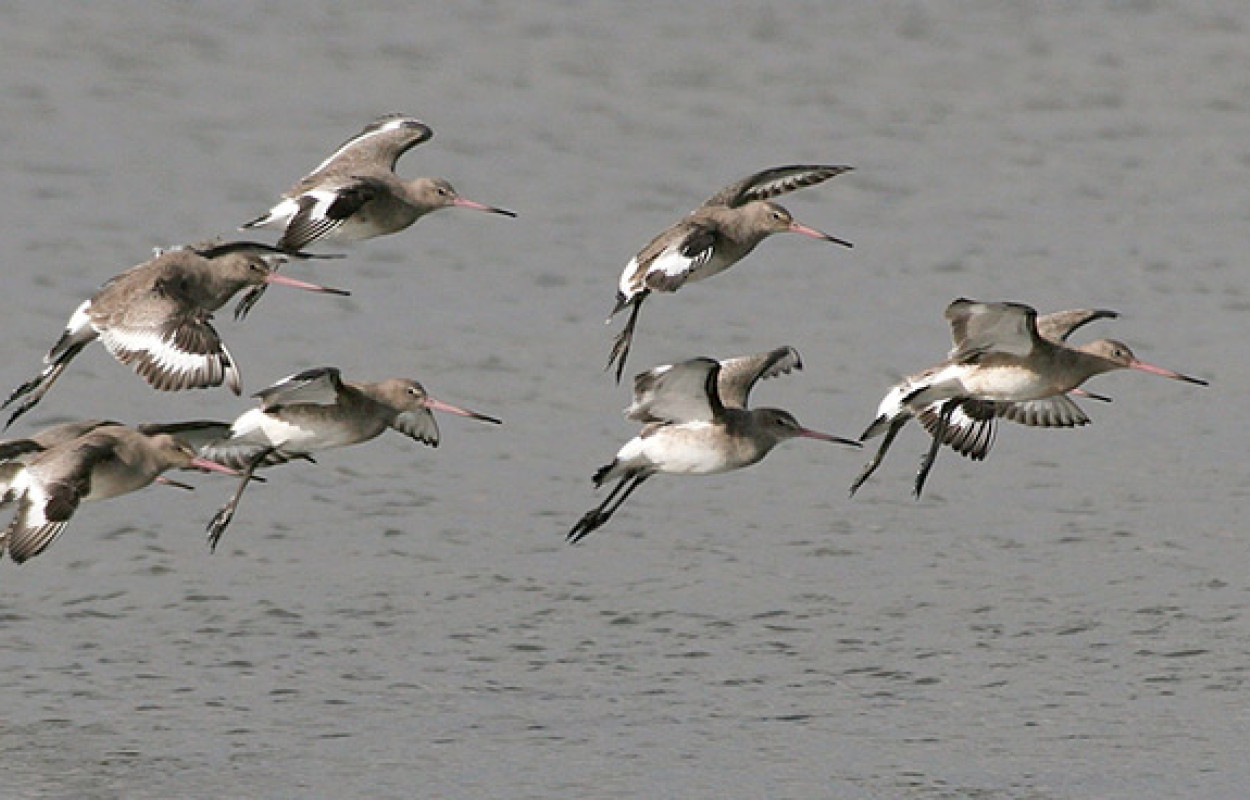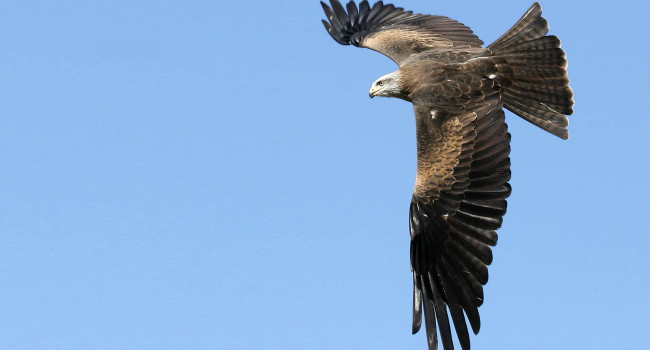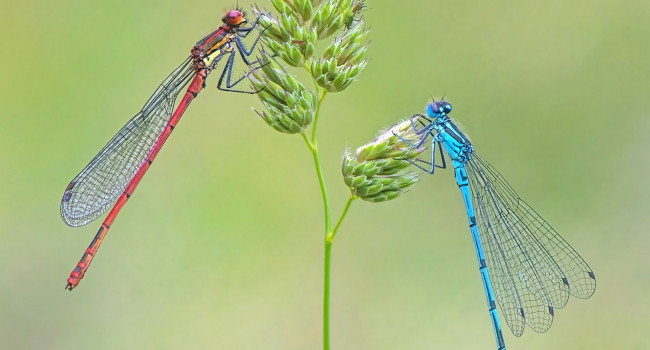Why is timing of bird migration advancing when individuals are not?

Author(s): Gill, J.A., Alves, J.A., Sutherland, W.J., Appleton, G.F., Potts, P.M. & Gunnarsson, T.G.
Published: November 2013
Journal: Proceedings of the Royal Society B Volume: 281
Article No.: 20132161
Digital Identifier No. (DOI): 1098/rspb.2013.2161
The BTO is involved in new research led the University of East Anglia, showing that young birds are the trend-setters when it comes to migration. It had generally been believed that the flexibility of individuals to respond to warmer springs lies behind the phenomenon of advancing migration. In this paper, focusing on the changing arrival dates of Black-tailed Godwits in Iceland, the authors show that individual, colour-ringed birds are not changing their schedules over time. Instead, it is the earlier spring migration of birds hatched in more recent years that lies behind the observed pattern of advancing arrival for the species.
The research team has been following the same colour-ringed Black-tailed Godwits for up to twenty years, with the help of over 2000 observers. Most birds hatched in the 1990s arrived in Iceland in May but those hatched in recent years are tending to arrive in April. Climate change is likely to be driving this change because godwits nest earlier in warmer years, and birds that hatch earlier are likely to have more time to gain the body condition needed for migration and find good places to spend the winter, which can help them to return early to Iceland when they come back to breed.
Full citation: Gill, J.A., Alves, J.A., Sutherland, W.J., Appleton, G.F., Potts, P.M. & Gunnarsson, T.G. 2013. Why is timing of bird migration advancing when individuals are not? Proceedings of the Royal Society of London B 281, 20132161. doi: 10.1098/rspb.2013.2161






Share this page